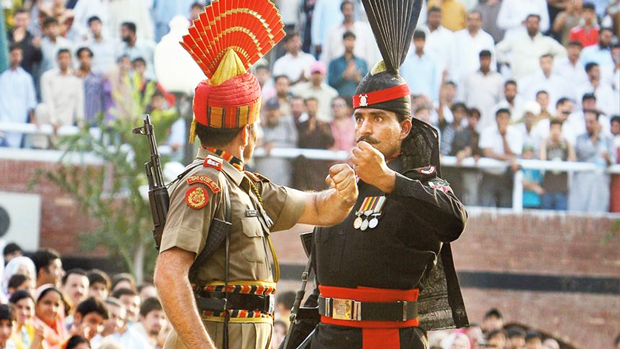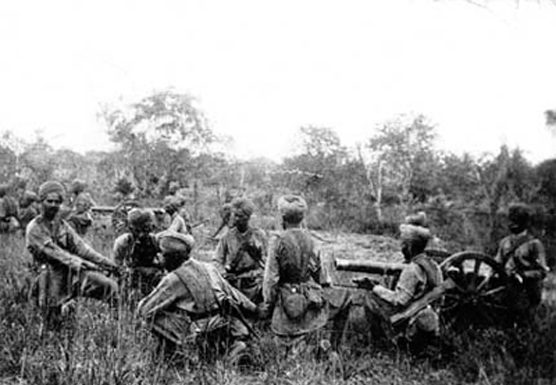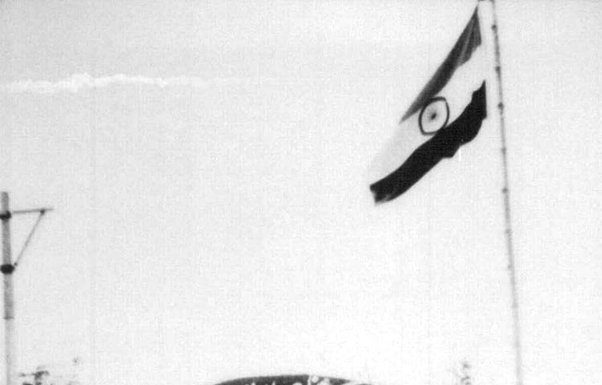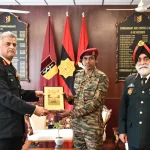List of Wars Between India and Pakistan: An overview of the major conflicts, disputes, and military engagements that have taken place between the two countries. It will also discuss the ongoing tension and its implications for other nations. Additionally, the article will touch upon how these conflicts have been portrayed in popular culture, particularly in films. By the end of the article, readers will have a comprehensive understanding of the history and dynamics of the wars between India and Pakistan.
List of Wars Between India and Pakistan
The Indo-Pakistani wars and conflicts have been ongoing since the Partition of British India in 1947. The dispute over Kashmir and cross-border terrorism have been major causes of conflict between India and Pakistan. This article provides an in-depth look at the various wars, skirmishes, and standoffs that have occurred between the two nations, as well as their international implications and portrayal in popular culture.
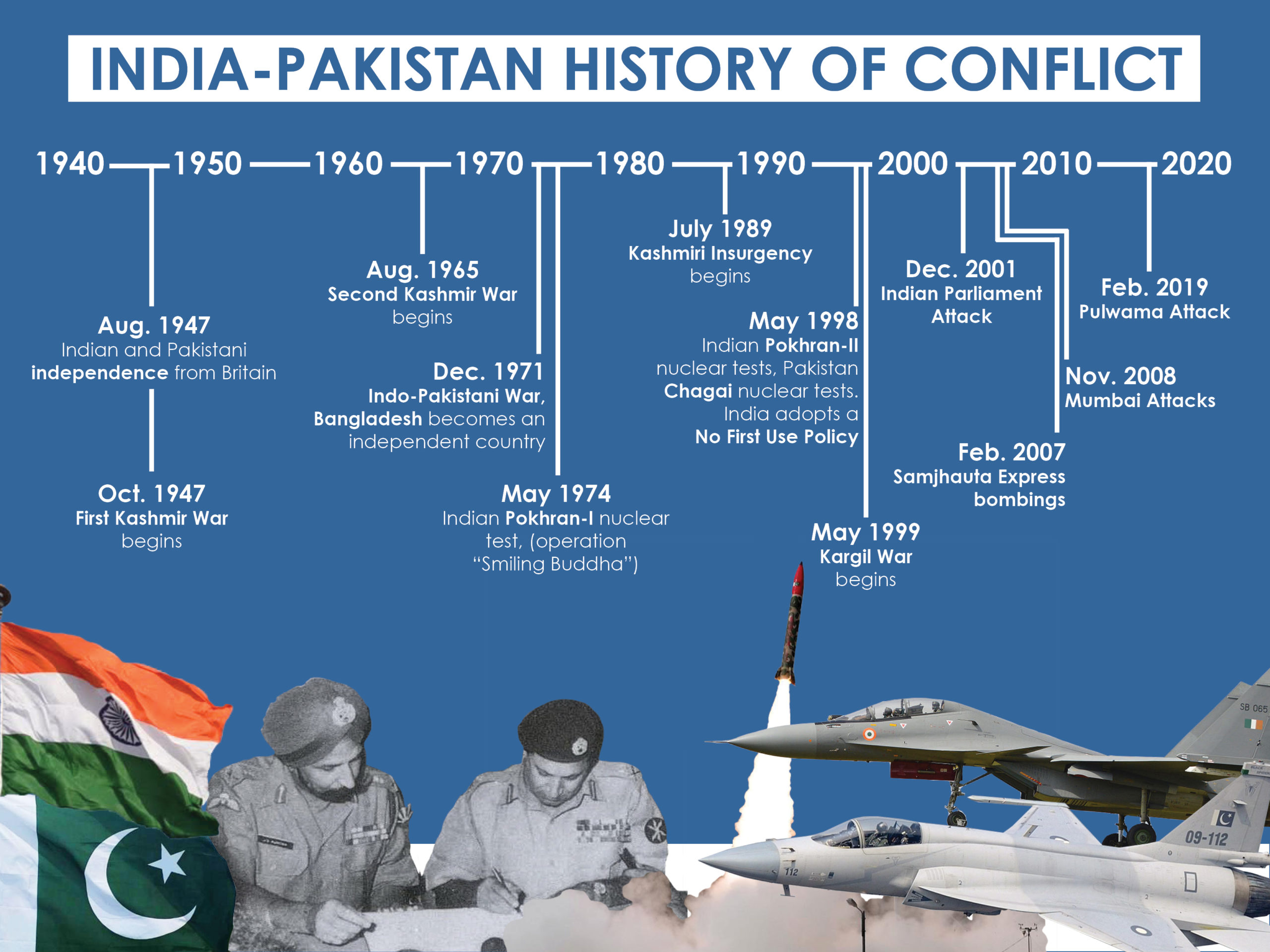
First Kashmir War
Background
The First Kashmir War, also known as the Indo-Pakistani War of 1947-1948, was the first military conflict between India and Pakistan after the partition. The dispute over Kashmir, a region with a Muslim majority but ruled by a Hindu Maharaja, sparked tensions between the two countries. As a result, both India and Pakistan claimed the territory and sent their forces to establish control.
Causes and Trigger
The main cause of the First Kashmir War was the partition of British India and the subsequent issue of princely states choosing to join either India or Pakistan. The Maharaja of Kashmir, Hari Singh, initially chose to remain independent, but under pressure from both India and Pakistan, he signed the Instrument of Accession with India. This triggered Pakistan to send their troops into Kashmir, leading to open conflict.
Key Battles
Several key battles took place during the First Kashmir War. In October 1947, Pakistani tribal militias invaded Kashmir, capturing several towns and causing a mass exodus of Hindu and Sikh refugees. The Indian army intervened and fought to regain control of the territory. The battles of Uri, Baramulla, and Jammu were significant in this war.
Resolution and Aftermath
The war ended in January 1949 with the United Nations-mediated ceasefire, establishing a Line of Control (LoC) that divided Kashmir into Indian-administered and Pakistani-administered territories. However, the issue of Kashmir remains unresolved, leading to subsequent conflicts and tensions between the two nations.
Second Kashmir War
Overview and Context
The Second Kashmir War, also known as the Indo-Pakistani War of 1965, was another major military conflict between India and Pakistan. This war was primarily fought over the disputed region of Kashmir, with both countries seeking to gain control over the territory.
Major Incidents and Battles
The war saw several major incidents and battles, including the infiltration of Pakistani soldiers and militants into Indian-administered Kashmir. The Battle of Chawinda, fought in September 1965, was a significant engagement where Indian and Pakistani forces clashed, resulting in heavy casualties on both sides.
International Involvement
The Second Kashmir War witnessed international involvement, most notably in the form of diplomatic efforts to broker peace and prevent further escalation. The United Nations Security Council passed a resolution urging a ceasefire, while the United States and other countries actively facilitated negotiations between India and Pakistan.
Outcome and Consequences
The war ended with a UN-mediated ceasefire in September 1965, with both sides claiming victory. The Line of Control was reaffirmed as the de facto border between Indian and Pakistani-controlled regions of Kashmir. The conflict further solidified the enmity between the two nations and led to the arms race in the region.
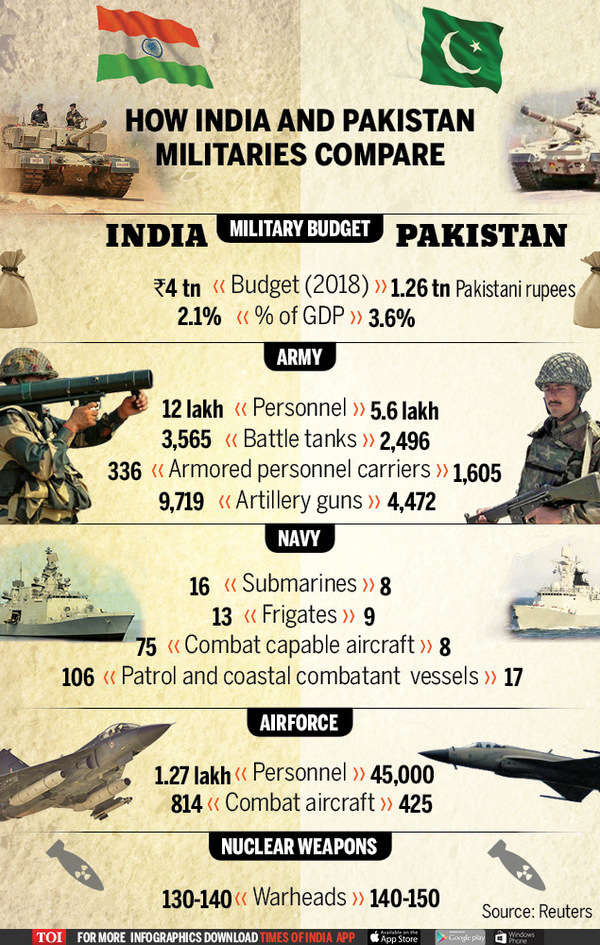
Indo-Pakistani War of 1971
Causes and Political Context
The Indo-Pakistani War of 1971 was a major conflict between India and Pakistan, resulting in the creation of Bangladesh. The war was primarily driven by political and ethnic tensions in the former East Pakistan (present-day Bangladesh).
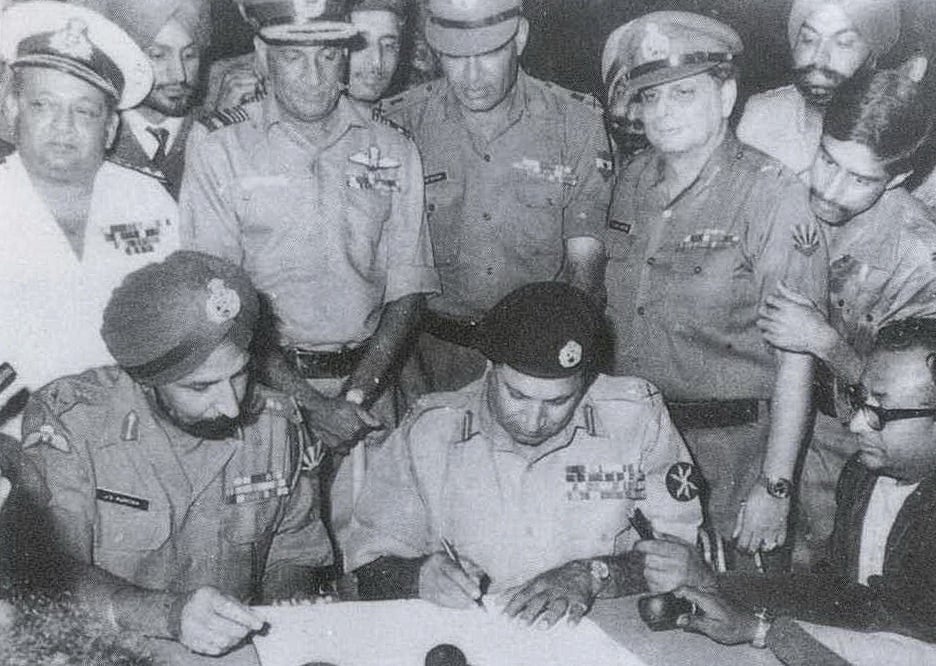
Major Offensives and Battles
The war saw several major offensives and battles, with Indian forces launching a military intervention in East Pakistan in support of the Bengali nationalist movement. The Battle of Longewala, fought in the western sector, was a notable engagement where Indian forces successfully repelled a much larger Pakistani force.
Bangladesh Liberation War
The Indo-Pakistani War of 1971 culminated in the Bangladesh Liberation War, which led to the secession of East Pakistan and the establishment of an independent Bangladesh. This war witnessed widespread atrocities committed by the Pakistani military against the Bengali population, leading to a humanitarian crisis.
International Impact and Consequences
The war had significant international impact, with major powers like the United States and China aligning themselves with either India or Pakistan. India’s victory in the war changed the geopolitical dynamics of South Asia and encouraged the growth of Indian regional influence. The war also strained India’s relations with Pakistan for years to come.
Kargil War
Background and Causes
The Kargil War, fought between May and July 1999, was a conflict between India and Pakistan in the Kargil district of Jammu and Kashmir. The war was an escalation of tensions over the disputed region and involved Pakistani troops infiltrating into Indian territory.
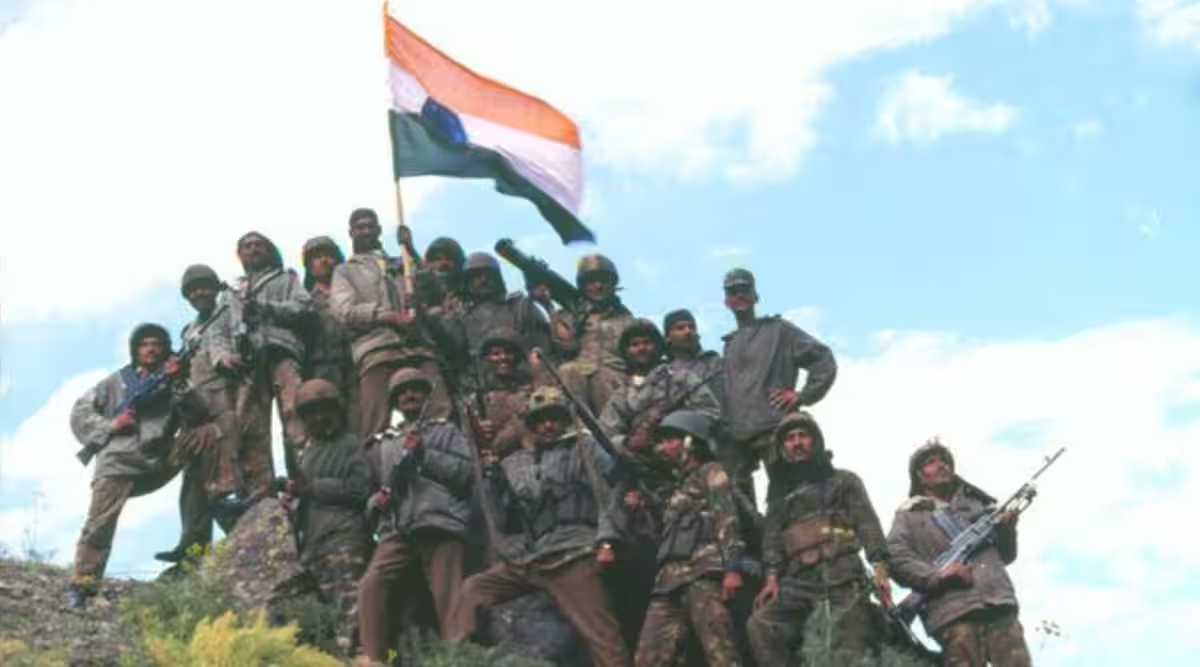
Infiltration and Capturing of Positions
The conflict began with the infiltration of Pakistani soldiers and militants into Indian-administered Kargil, capturing key strategic positions along the Line of Control. The surprise attack took the Indian forces by surprise, who then launched a counteroffensive to regain control.
Military Operations and Strategies
The Kargil War witnessed intense military operations and strategies, including air strikes, artillery bombardments, and ground assaults. The Indian Army launched “Operation Vijay,” which aimed at evicting the Pakistani intruders and securing Indian territory. The battle of Tololing and the recapture of Tiger Hill were crucial moments in this war.
Ceasefire and Aftermath
The war came to an end with a ceasefire in July 1999, brokered by the international community. Despite the ceasefire, tensions between India and Pakistan persisted, and the Kargil War had a lasting impact on the bilateral relations between the two nations.
Cross-Border Skirmishes and Standoffs
2001-2002 India-Pakistan Standoff
In the aftermath of the 2001 terrorist attacks on the Indian Parliament, India and Pakistan witnessed a military standoff that lasted from December 2001 to October 2002. Tensions escalated, with both countries mobilizing their troops and engaging in military exercises along the border. The standoff ended with diplomatic negotiations and efforts to de-escalate the situation.
2019 India-Pakistan Border Skirmishes
In February 2019, India and Pakistan once again experienced heightened tensions following a suicide bombing in Indian-administered Kashmir. Both countries engaged in cross-border skirmishes, resulting in casualties on both sides. International pressure and diplomatic efforts played a crucial role in the de-escalation of tensions.
Impact on Civilian Population
The cross-border skirmishes and standoffs have had a significant impact on the civilian population residing near the borders. Communities have been displaced, infrastructure damaged, and lives disrupted as a result of these clashes. The constant fear of hostilities has also taken a toll on the psychological well-being of the affected population.
Efforts and Initiatives for De-Escalation
Efforts to de-escalate tensions and promote peace between India and Pakistan have been made by various actors, including diplomatic negotiations, Track-II dialogues, and confidence-building measures. However, the underlying political and territorial disputes continue to hinder long-lasting peace in the region.
Insurgency in Jammu and Kashmir
Root Causes and Initial Phase
The insurgency in Jammu and Kashmir has been a long-standing issue, rooted in political grievances, historical tensions, and aspirations for self-determination. The initial phase of the insurgency saw a rise in militant groups and separatist movements in Indian-administered Kashmir.
Separatist Movements and Militant Groups
The separatist movements in Jammu and Kashmir have sought greater autonomy or independence from India. These movements have been supported by various local political parties and have given rise to numerous militant groups, such as Hizbul Mujahideen and Lashkar-e-Taiba, which aim to establish an Islamic state in the region.
Counterinsurgency Operations
The Indian government has implemented counterinsurgency operations to combat the militant groups and restore law and order in Jammu and Kashmir. These operations involve a combination of military force, intelligence operations, and socio-economic development initiatives to address the root causes of the insurgency.
Human Rights Concerns
The insurgency in Jammu and Kashmir has been marred by allegations of human rights abuses, including extrajudicial killings, enforced disappearances, and torture. Both Indian security forces and militant groups have been accused of committing such violations, leading to a humanitarian crisis in the region.

Siachen Conflict
Territorial Dispute and Military Occupation
The Siachen conflict, also known as the Siachen Glacier conflict, is centered around the dispute over the Siachen Glacier region in the Karakoram Range. India and Pakistan both claim sovereignty over the region, leading to a military occupation by both sides.
Harsh Conditions and Environmental Impact
The Siachen Glacier is one of the highest battlefields in the world, with extreme weather conditions and inhospitable terrain. The conflict has resulted in numerous casualties due to avalanches, extreme cold, and altitude sickness. The militarization of the region has also had a severe environmental impact, with the accumulation of military waste and pollution.
Attempts at Resolution
Efforts have been made to resolve the Siachen conflict and demilitarize the region. In 2003, India and Pakistan agreed to a ceasefire and initiated talks on resolving the dispute. However, due to the complexities involved, the issue remains unresolved, and the military presence continues.
International Repercussions
The Siachen conflict has had international repercussions, with concerns over the escalation of tensions and the potential for a wider conflict between nuclear-armed India and Pakistan. The dispute has been a topic of discussion in various international forums, highlighting the need for a peaceful resolution.
Accusations of Supporting Insurgencies
Insurgency in Balochistan
India and Pakistan have accused each other of supporting insurgencies and destabilizing activities in their respective territories. Pakistan has alleged Indian involvement in the insurgency in Balochistan, a resource-rich province in Pakistan. India, on the other hand, denies these accusations and maintains that it supports the legitimate grievances of Baloch nationalists through diplomatic channels.
Afghanistan Conflict
Both India and Pakistan have been involved in the conflict in Afghanistan, with divergent interests and support for different factions. Pakistan has been accused of supporting militant groups like the Taliban, while India has provided economic assistance and developmental aid to the Afghan government. These competing interests have strained the relations between the two countries.
Proxy Warfare and Espionage Claims
Proxy warfare and espionage claims have further fueled tensions between India and Pakistan. Both countries have accused each other of carrying out covert operations and intelligence gathering activities across the border. These allegations have had a significant impact on bilateral relations and trust-building efforts.
Diplomatic Fallout
The accusations of supporting insurgencies and proxy warfare have led to diplomatic fallout between India and Pakistan. Relations have often been marred by trade restrictions, visa issues, the expulsion of diplomats, and the suspension of bilateral talks. The persistent mistrust and accusations hamper efforts to establish lasting peace and stability in the region.
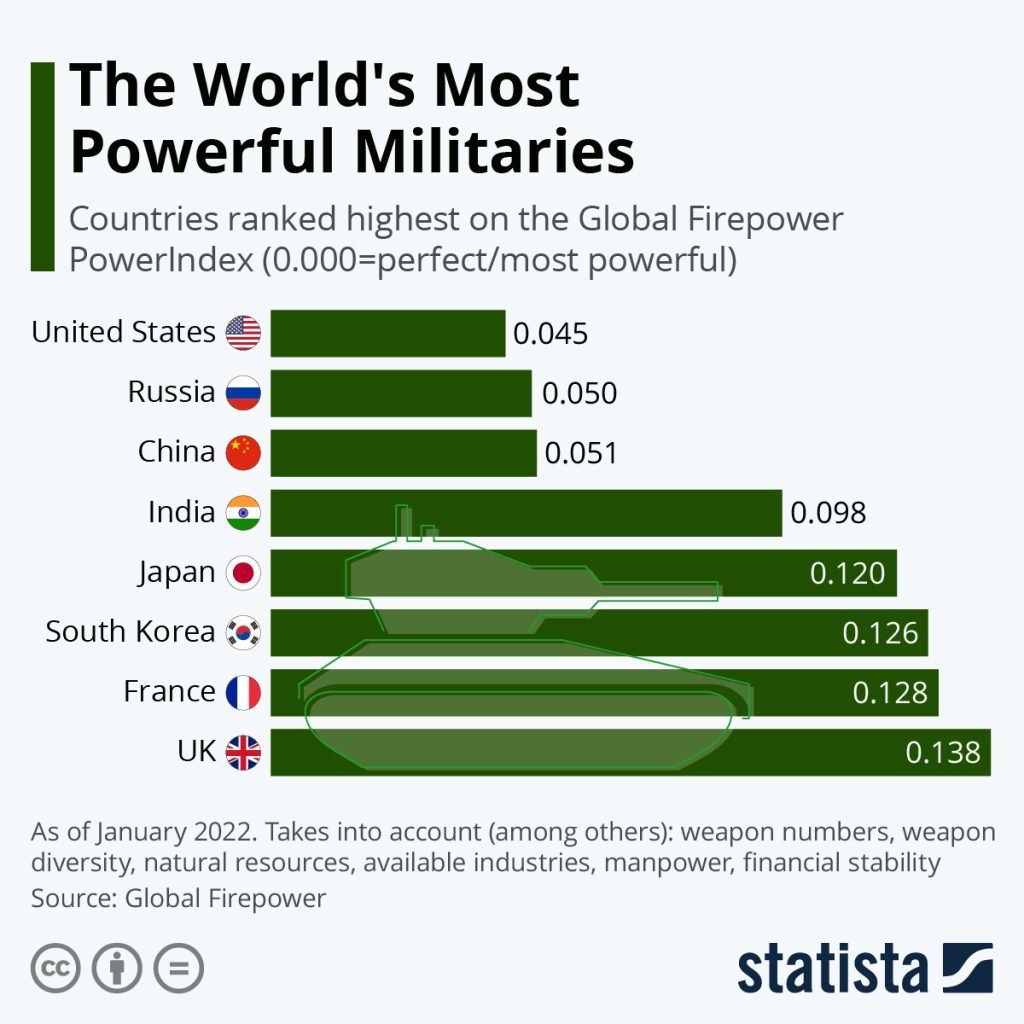
Past Skirmishes and Standoffs
Operation Desert Hawk
Operation Desert Hawk was a large-scale military exercise conducted by the Indian Army in 1986 near the border with Pakistan. The exercise aimed to test the combat readiness and operational capabilities of the Indian forces. While the exercise was largely a show of strength, it escalated tensions between the two countries.
Operation Brasstacks
Operation Brasstacks was a military exercise conducted by the Indian Army in 1986-1987. The exercise involved a large deployment of troops and equipment near the western border with Pakistan. The operation raised concerns in Pakistan and contributed to the escalation of tensions between India and Pakistan.
2008 Mumbai Attacks
The 2008 Mumbai attacks, perpetrated by the Pakistan-based militant group Lashkar-e-Taiba, severely strained bilateral relations. The attacks, which targeted various locations in Mumbai, resulted in the loss of many innocent lives. India held Pakistan responsible for the attacks, leading to a breakdown in diplomatic relations and a halt in the peace process.
Impact on Bilateral Relations
The past skirmishes and standoffs, along with the major incidents mentioned above, have had a profound impact on the bilateral relations between India and Pakistan. These conflicts have further deepened the mistrust and animosity, making the road to peace and reconciliation more challenging.
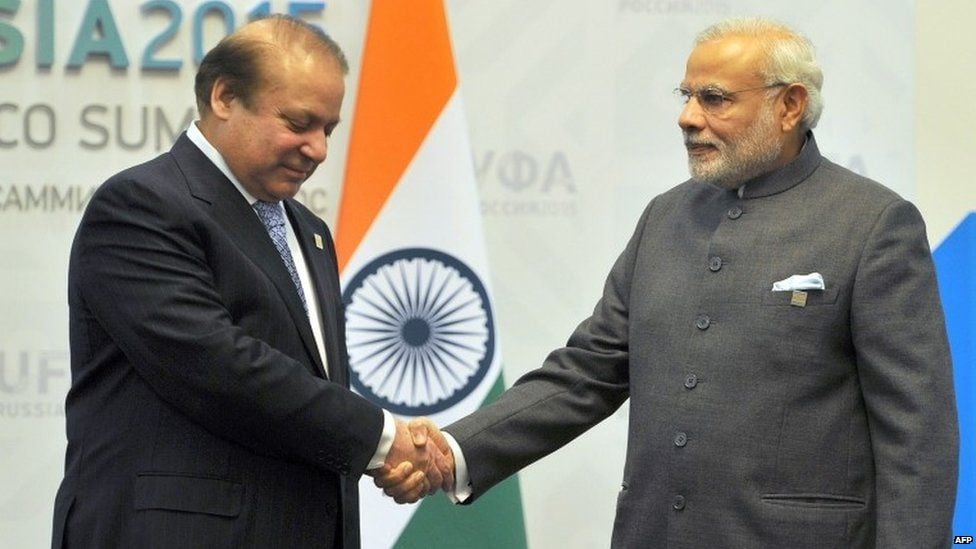
International Implications
Nuclear Arms Race
The ongoing conflicts and tensions between India and Pakistan have sparked a nuclear arms race in the region. Both countries possess nuclear weapons, and the potential for a nuclear confrontation has raised serious concerns among the international community. Efforts to promote nuclear disarmament and non-proliferation remain critical for regional and global stability.
Global Diplomatic Efforts
Various global powers and international organizations have made diplomatic efforts to resolve the India-Pakistan conflicts. The United States, China, and other major powers have facilitated negotiations, offered mediation, and encouraged bilateral talks to reduce tensions and promote dialogue. The importance of international diplomacy in de-escalating conflicts cannot be overstated.
Role of United Nations
The United Nations has played a significant role in mediating and facilitating peace processes between India and Pakistan. The UN Security Council has passed resolutions urging ceasefire, respect for the Line of Control, and a peaceful resolution to the Kashmir conflict. The UN’s involvement highlights the recognition of the international community regarding the importance of stability in the region.
Geostrategic Significance
The conflicts between India and Pakistan have far-reaching geostrategic implications. The region’s location, proximity to Afghanistan and the Middle East, and its access to major waterways make it geopolitically significant. The interests of major global powers are often intertwined with the stability and security of South Asia, further complicating the resolution of conflicts.
Depiction in Popular Culture
Films from India
The conflicts between India and Pakistan have been a recurring theme in Indian cinema. Numerous Bollywood movies have depicted the wars, border tensions, and the human stories behind them. Films like “Haqeeqat,” “Border,” and “Uri: The Surgical Strike” have garnered commercial success while portraying the bravery and sacrifices of Indian soldiers.
Films from Pakistan
Similarly, Pakistani cinema has produced movies that depict the conflicts and tensions between India and Pakistan. Films like “War” and “Waar” explore themes of espionage, military operations, and the impact of conflicts on individuals and societies. These movies have garnered critical acclaim and have played a role in shaping public opinion.
Portrayal of Historical Events
The depiction of historical events in films and other forms of popular culture plays a crucial role in shaping public perceptions and understanding of conflicts. Both Indian and Pakistani movies have presented their interpretations of historical events, often reflecting the respective national narratives and highlighting their perspective on the conflicts.
Impact on Perceptions and Dialogue
The portrayal of conflicts in popular culture has the potential to influence public perceptions and reinforce stereotypes. It is essential to critically analyze these portrayals, recognize their limitations, and encourage dialogue and empathy. Artistic mediums can be powerful tools for promoting understanding and fostering peace between nations.
Conclusion
The conflicts between India and Pakistan have been marked by a long history of wars, skirmishes, and standoffs. The unresolved territorial disputes, cross-border terrorism, and competing national narratives have contributed to the persistent tensions between the two nations. It is crucial to recognize the human suffering caused by these conflicts and the urgent need for dialogue, diplomacy, and humanitarian efforts. Regional stability, global peace, and the well-being of the civilian population depend on the successful resolution of these conflicts.

